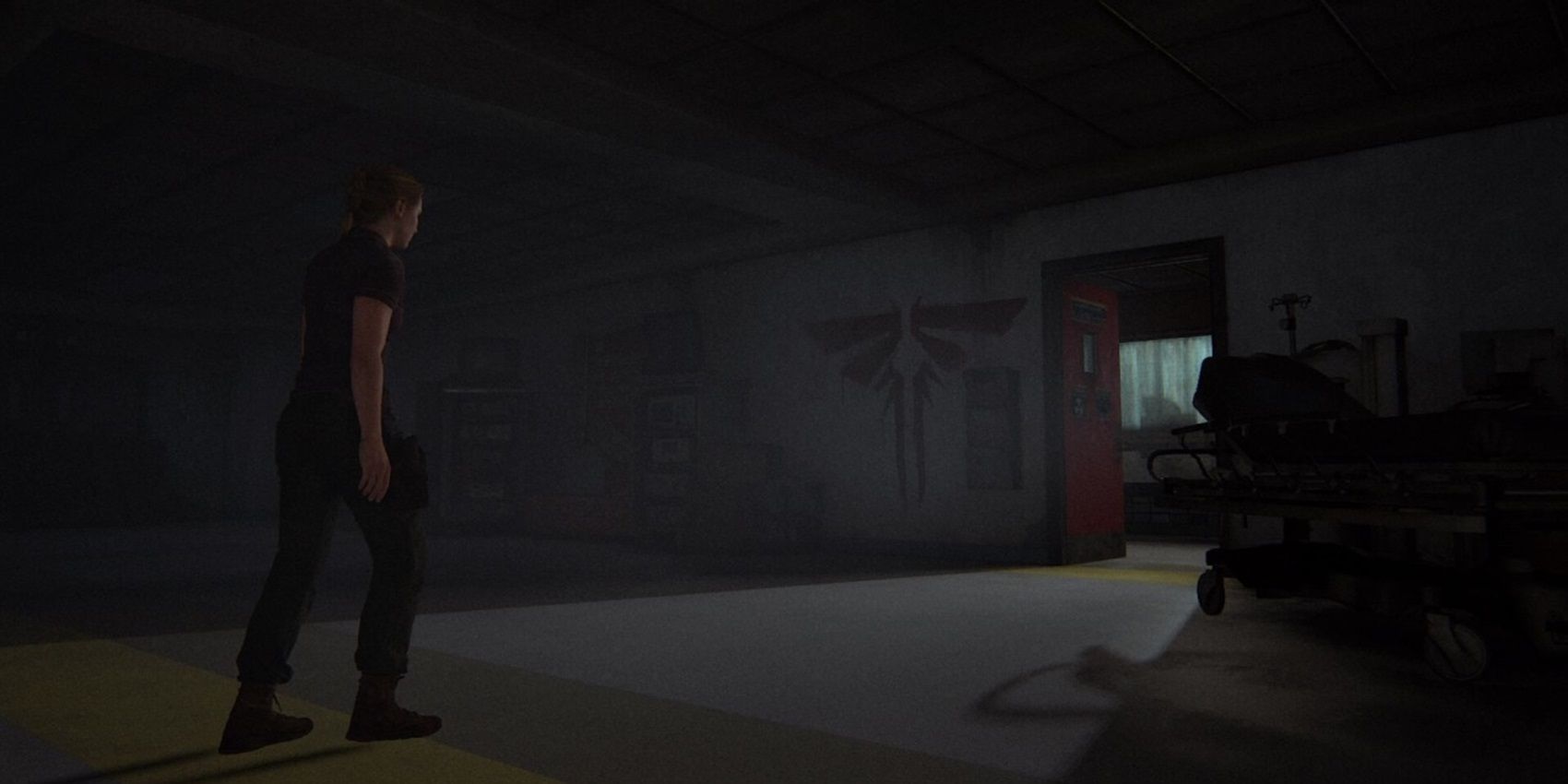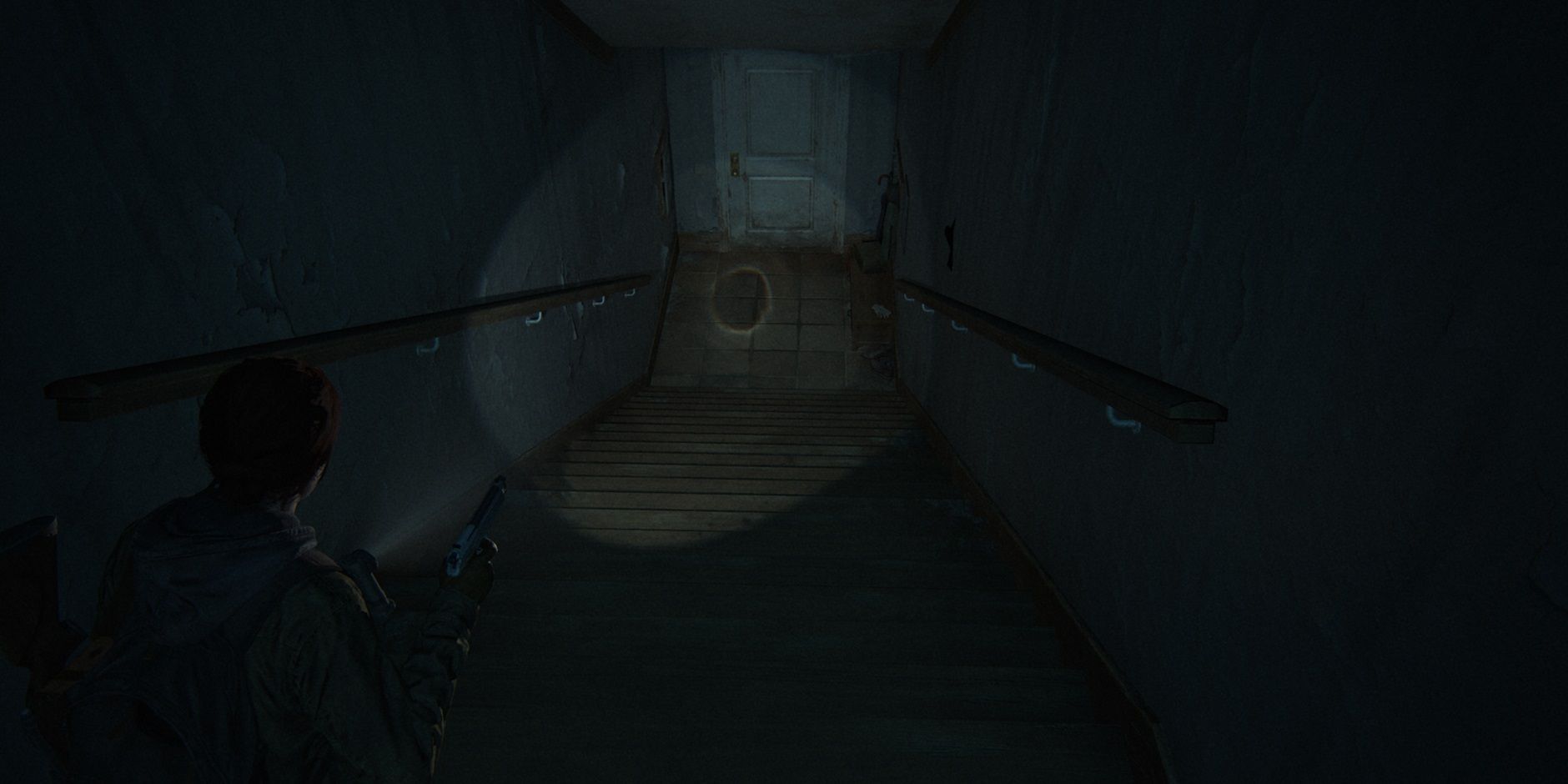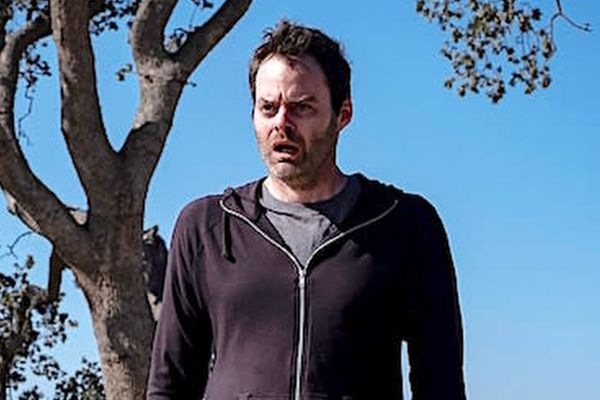
The Last of Us Season 2: Why This Key Element Must Be Preserved!

HBO's The Last of Us adaptation may undergo significant changes, but it must retain the crucial element of Ellie and Abby's haunting nightmares Discover why these nightmare sequences are pivotal in The Last of Us Part II
Highlights
The Last of Us season 2 should use cross-cutting to chronicle Ellie and Abby's journeys simultaneously, highlighting their contrasting characters and similarities.
The TV adaptation should maintain certain elements of the game, like Joel's brutal death and the bittersweet ending. Additionally, it is crucial to incorporate the visually striking PTSD nightmare sequences that Ellie and Abby go through, as they effectively illustrate the psychological consequences of their actions on one another.
HBO's adaptation of The Last of Us will require numerous changes to accommodate the expansive, nonlinear storyline of The Last of Us Part II. However, there is one crucial element from the game that the television show must retain. Season 2 of The Last of Us will delve into the intricate plot of the second game, introducing viewers to Abby and her personal vendetta against Joel before guiding Ellie on her path of revenge. Structurally, the TV show will undergo significant modifications. In the game, there is a substantial portion of the story depicted from Ellie's perspective followed by a repeat of the same events from Abby's viewpoint. To enhance the storytelling, the series could utilize its skill in cross-cutting to present their journeys concurrently, showcasing the contrasting nature of the two characters and highlighting their similarities.
The placement of flashbacks may need to be adjusted, either by linearizing the story or strategically placing them in the most impactful episodes. Moreover, the narrative will likely span across multiple seasons, dividing one overarching story into several distinct sections. Nevertheless, certain elements from the game must remain intact during the adaptation process. Joel's death, with all its brutality, cannot be sugarcoated for the series, and it must occur early on to maximize its dramatic impact. Additionally, showrunners Neil Druckmann and Craig Mazin should preserve the bittersweet ending from the game and consider a shot-for-shot recreation, just as they did with the first game's ending.
One aspect of The Last of Us Part II that should remain unchanged between the game and its TV adaptation is the portrayal of visually stunning PTSD attacks experienced by Ellie and Abby. Throughout the game, surreal nightmare sequences vividly depict Abby's PTSD due to the murder of her father, and Ellie's PTSD resulting from the death of Joel. The game frequently transports us to a stylized recreation of Abby's father's murder at the Firefly hospital, while Ellie's sections often flashback to the intense moment when she witnessed Joel's brutal demise at the hands of Abby. It is crucial to retain these scenes in the TV adaptation as they establish a strong visual parallel between the emotional impact of Joel's actions on Abby and the psychological toll of Abby's actions on Ellie.
The Last Of Us Season 2 Should Keep Ellie & Abby's PTSD Nightmares
Throughout The Last of Us Part II, Abby experiences terrifying flashbacks to the Firefly hospital, where Joel's desperate actions led to the loss of numerous lives in order to save Ellie. The player is fully immersed in these dream-like sequences, witnessing Abby's haunting recollection of running through dimly lit hallways, entering the operating room of the pediatric ward, only to discover her deceased father. Similarly, when Ellie takes a moment to rest, she is transported back to the lodge where Joel mercilessly lost his life. With every step down the staircase, Ellie's heart races as she opens the door, encountering the brutal sight of Abby ruthlessly attacking Joel with a golf club. Visually striking and emotionally impactful, these scenes truly capture the essence of The Last of Us as a cinematic masterpiece. They flawlessly adhere to the principle of "show, don't tell" in screenwriting, allowing the audience to not just observe Ellie and Abby's post-traumatic stress disorder (PTSD), but genuinely experience it themselves.
Together, these nightmare sequences underscore the undeniable similarities between Ellie and Abby. Both are fierce and uncompromising warriors, driven by unwavering loyalty towards their loved ones. However, it is precisely this loyalty that ultimately brings them into conflict with each other. In a different reality, under different circumstances, they could have been the closest of friends. Tragically, Joel's questionable actions shattered any possibility of that, unwittingly wreaking havoc upon both of their lives. The nightmare scenes powerfully convey this truth without the need for explicit explanation or exposition.
Why The Nightmare Sequences Are So Important In The Last Of Us Part II
The central theme of The Last of Us Part II revolves around the timeless message that seeking revenge only leads to widespread devastation. This destructive cycle results in severe post-traumatic stress disorder (PTSD) for those involved. Abby endured irreparable psychological harm when Joel murdered her father. Similarly, Ellie suffered immense psychological damage when Abby retaliated by killing Joel. However, by sparing Abby's life in the intense climax of the game, Ellie prevented Lev from enduring the same lasting psychological burden. In essence, The Last of Us Part II serves as a poignant narrative highlighting the futility and repercussions of vengeance. To effectively evoke the same emotions as the game, The Last of Us season 2 should maintain the haunting nightmares of PTSD for both Ellie and Abby.















